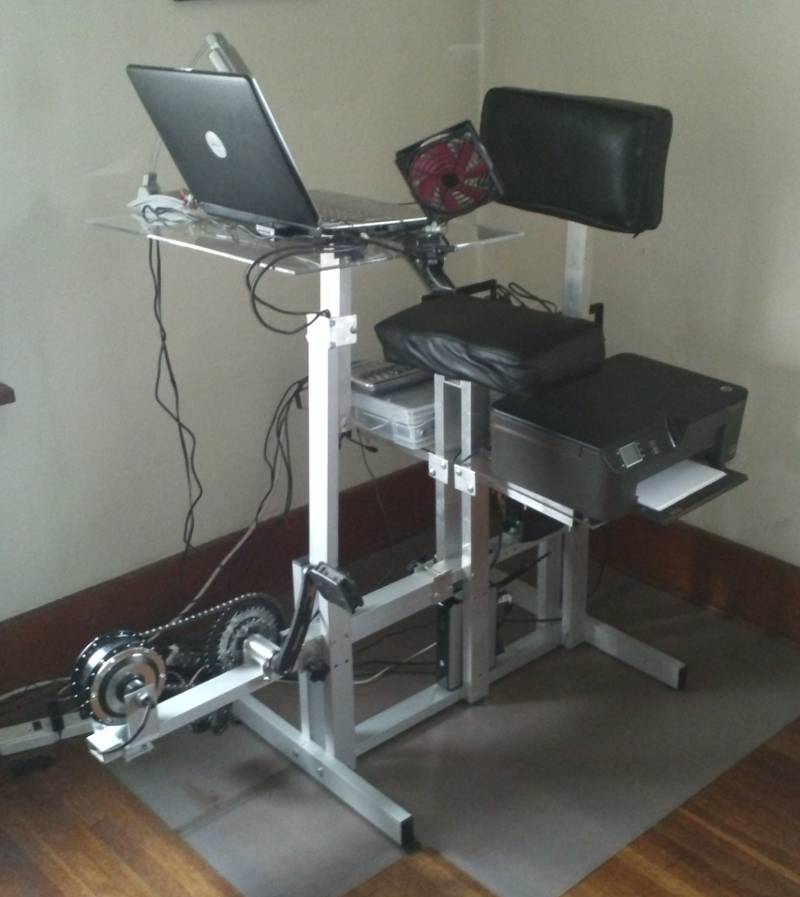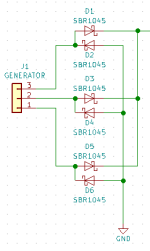watchdog_timer
1 mW
I am making a pedal-powered generator and would like to make it as quiet as possible. I have used a Conhis direct-drive hub motor and a Bofeili mid-drive motor on past units. Both motors made more noise than I would like. Is there anything that would be more quiet, excluding those that can't be readily purchased individually (e.g., Bosch and Yamaha)? Among the BBS01, BSS02, TSDZ2, and Ling Bei mid-drives, which is the most quiet?




